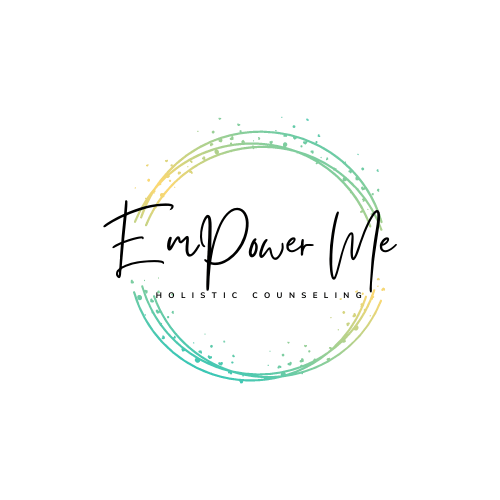
When thinking about anxiety, you might find yourself pointing to a number of things that cause you to “worry.” You then check to see if the collection of worries meets the definition for anxiety as listed in the manual used to diagnose mental health disorders. If they do, then the focus of your attention shifts to finding coping skills to help ease the intensity of the anxiety you experience.
Another way to think about anxiety is as a gap. This gap represents the space that is between where you are today, and your future. It is also linked to your desire to be in control or know everything that is going to happen before it does. Other features are anticipations and assumptions. Both anticipation and assumption can be helpful and have a positive impact when used to cut down the amount of time necessary to decide or respond to a situation. The impact is negative when you become overcome by the fear that something will not turn out the “right” way, or that you might mess up and forget what to say.
In separate blog posts, I provide the following:
Some additional points to note about anxiety.
Six questions to ask that will help you get clear on the source(s) of anxiety.
Four points necessary to address anxiety.
Click on the one of the links below to go to other blog posts.
Brandon Shurn, MS LCPC NCC
Owner/Operator EmPower Me Holistic Counseling

